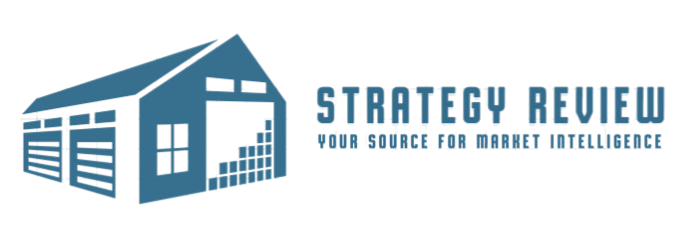Understanding the Dynamics of Economic Recovery
The path to economic recovery is rarely straightforward. It’s a complex interplay of various factors, influenced by both internal strengths and external pressures. Understanding this process is crucial for businesses, policymakers, and individuals alike, allowing for informed decisions and proactive adjustments in the face of changing economic tides.
Key Takeaways:
- Economic recovery is a multifaceted process influenced by various indicators like GDP growth, employment rates, and inflation.
- Government policies, both fiscal and monetary, play a vital role in shaping the speed and strength of economic recovery.
- Global events, supply chain disruptions, and technological advancements can significantly impact the trajectory of economic recovery.
- Understanding key indicators and policy responses can help individuals and businesses prepare for and adapt to the evolving economic landscape.
What Defines an Economic Recovery?
An economic recovery signifies a period of renewed growth following a recession or significant economic downturn. It’s characterized by a sustained increase in economic activity, typically measured by indicators such as Gross Domestic Product (GDP) growth, employment rates, and consumer spending. A true economic recovery goes beyond just a temporary rebound; it signifies a return to a stable and sustainable growth trajectory. Think of it like a plant that’s been through a drought – it needs more than just a single rain shower to thrive; it needs consistent nourishment and favorable conditions.
Several key indicators are scrutinized to assess the health and progress of an economic recovery. GDP growth is arguably the most prominent, representing the total value of goods and services produced in a country. A rising GDP indicates that the economy is expanding. Unemployment rates are another critical indicator; a falling unemployment rate suggests that businesses are hiring and the labor market is improving. Consumer confidence indices reflect how optimistic or pessimistic consumers feel about the economy, influencing their spending habits. Inflation rates, while often desired at a moderate level, need careful monitoring. High inflation can erode purchasing power and stifle economic recovery, while deflation can discourage spending and investment. For example, the gb economy uses these indicators to constantly keep up with the recovery and address problems as they occur.
The Role of Government in Fostering Economic Recovery
Governments play a pivotal role in steering the course of economic recovery through various policy levers. Fiscal policy, which involves government spending and taxation, can be used to stimulate demand and create jobs. During a recession, governments may increase spending on infrastructure projects or provide tax cuts to encourage businesses and consumers to spend more. Conversely, during periods of rapid growth, governments may reduce spending or raise taxes to cool down the economy and prevent inflation.
Monetary policy, managed by central banks, primarily involves controlling interest rates and the money supply. Lowering interest rates can make borrowing cheaper, encouraging businesses to invest and consumers to spend. Central banks can also use tools like quantitative easing to inject liquidity into the financial system and stimulate lending. The effectiveness of these policies depends on various factors, including the severity of the downturn, the structure of the economy, and the credibility of the government and central bank. A well-coordinated approach, combining both fiscal and monetary policies, is often crucial for a successful economic recovery.
External Factors Influencing Economic Recovery
Economic recovery doesn’t happen in a vacuum. Global events, international trade, and technological advancements can all have a significant impact on a nation’s ability to recover from a downturn. For instance, a global recession can dampen demand for exports, hindering a country’s growth prospects. Supply chain disruptions, such as those experienced during the COVID-19 pandemic, can also impede economic recovery by raising costs and limiting the availability of goods and services.
Technological advancements, on the other hand, can accelerate economic recovery by boosting productivity and creating new industries. Innovation in areas like artificial intelligence, renewable energy, and biotechnology can drive economic growth and create new job opportunities. Geopolitical stability and international cooperation are also essential for a smooth economic recovery. Trade agreements, international aid, and coordinated policy responses can help to stabilize the global economy and promote growth in individual countries.
Strategies for Individuals and Businesses During Economic Recovery
Economic recovery presents both opportunities and challenges for individuals and businesses. For individuals, it’s a time to reassess their financial situation, look for new job opportunities, and invest in skills development. Taking advantage of training programs and educational opportunities can enhance employability and increase earning potential. It’s also a good time to pay down debt and build a stronger financial foundation.
For businesses, economic recovery requires a proactive approach. Companies should focus on identifying new market opportunities, investing in innovation, and improving efficiency. They should also be prepared to adapt to changing consumer preferences and technological advancements. Building strong relationships with suppliers and customers is crucial for navigating the uncertainties of an economic recovery. Businesses that are agile, adaptable, and customer-focused are more likely to thrive in the evolving economic landscape.


